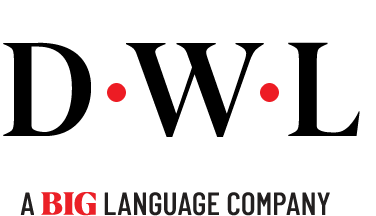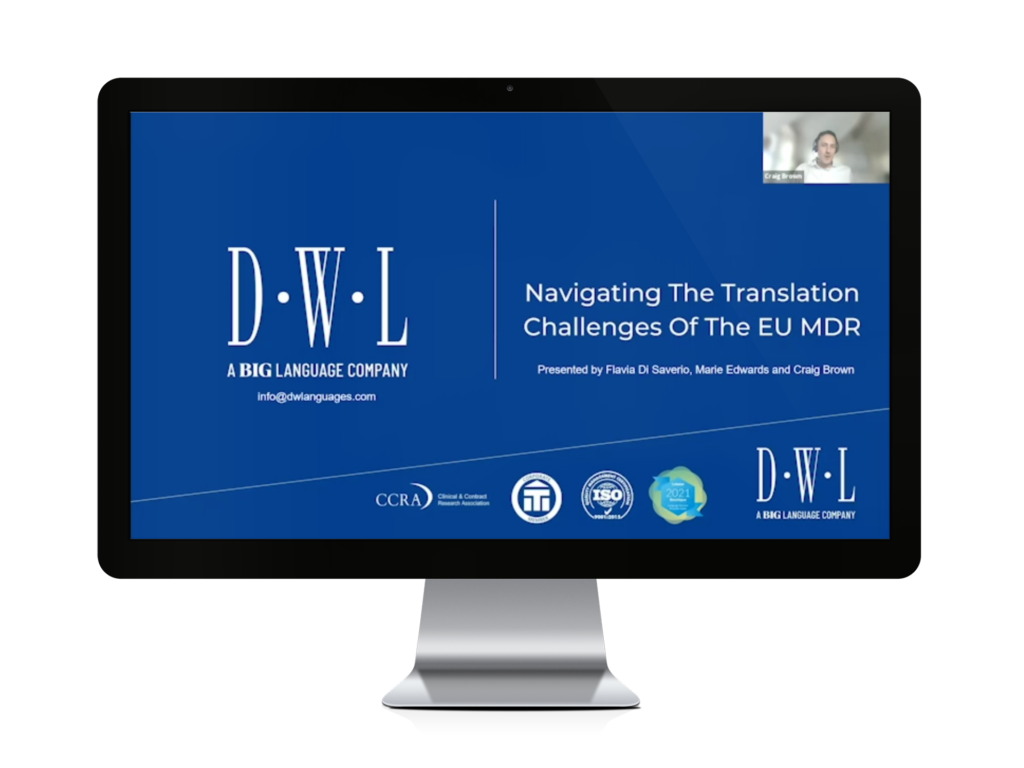
The application of technology has made all our lives easier – both personally and professionally. But, while harnessing the power of automation is undeniably smart, it is not a silver bullet appropriate to all scenarios or situations. In industries such as ours, Language Translation, the challenge comes in understanding where technology can help and where it might hinder the completion of highly specialized tasks.
Machine translation (MT) technology, for example, can do a lot of things effectively already, but it is not yet at the level where it can compete with the knowledge and experience held by a human linguist. What it can do, however, is provide that linguist with the tools they need to save time, reduce error and streamline manual tasks. In the future, it may offer the potential to do even more.
Disrupting the speed-cost-quality paradigm
Language Service Providers (LSPs) are constantly balancing speed, cost, and quality for clients. With some exceptions, prioritizing one will invariably come at the price of another. For example, rush jobs tend to be more expensive, while compromises on quality or speed will be necessary if clients want to pay less.
At the same time, the projects that LSPs oversee are changing too. Compared to the past, we translate higher volumes of text aimed at smaller, more niche audiences and more abbreviated content with a shorter shelf-life but a wider audience. This shift also requires changes to the per-word pricing models on which our industry has been traditionally based.
We believe that, over time, MT technology provides the opportunity to disrupt the speed-quality-cost paradigm and replace those outdated pricing models. However, if it is to do so, MT engines first need to improve the quality of their output. To achieve this requires investment, resources, and a longer-term view.
Lessons from the Virtual MT Summit
At the 2021 Virtual Machine Translation (MT) Summit, delegates from DWL joined MT users, researchers, and providers to discuss how MT technology works today and how to improve it for the future. In particular, the Summit focused on best practices for post-editing during the quality assurance process, whereby any errors found are used to train the MT engine. In other words, feeding them with source language and target language segments and corrections so that the MT engine continually learns and improves.
If MT engines are to become better at translating that content, this training needs to be a continuous process. Yet, we were surprised to learn during the Summit that many LSPs only train their engines annually, thereby undermining the potential benefits of using such technologies. For comparison, we train our engines monthly based on the feedback from projects completed in that timeframe.
There are many reasons why LSPs may be reluctant – or are unable – to invest the necessary time and resources. The process for training MT engines can be laborious because it requires adherence to three specific steps:
- Creation of TM and glossary using the latest translation data (source + target segments): This step can be time-consuming because of technical issues with document formatting, including tagging errors, which need to be resolved manually.
- Aggregation of linguistic feedback on the quality of the MT output (i.e., based on human evaluations): This step can often be expensive, but it is important to note that the feedback is fundamental for engine improvement.
- Prompt and regular implementation: If LSPs wait to incorporate this new feedback and data to save costs, linguists will end up correcting the same errors time and time again.
Riding the innovation curve
We employ a robust methodology for this training process at DWL and clear internal guidelines on how we use the technology and for what.
We believe that a properly trained engine holds the potential to work as well as traditional human workflows in specific use cases; in general, technical, repetitive, and non-idiomatic texts.
Properly applied, it can already enable linguists to become more efficient, maximizing quality and minimizing speed and cost on behalf of clients.
However, the application of Machine Translation technology also needs to be appropriate to the project and the client. As things stand, it is certainly not the solution to every language challenge facing our customers.
To discover how DWL uses MT technology, contact us today







